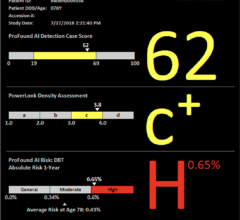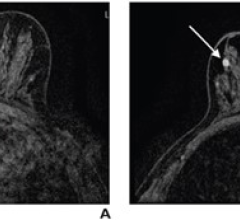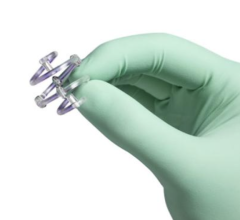
March 17, 2010 - New data from an NIH-sponsored, multi-site study showed the positron emission mammography (PEM) had 31 fewer unnecessary biopsies and 26 percent higher positive predictive value (PPV) than breast MR. Researchers said this may reduce unnecessary breast biopsies.
The study found that PEM had a significantly more PPV, therefore reducing the number of unnecessary biopsies. The 388 woman study showed that PEM not only demonstrated a six percent improvement in specificity at comparably high sensitivity, but that PEM also had 31 fewer unnecessary biopsies and 26 percent higher PPV than breast MR. These results are also particularly significant for those women who cannot tolerate an MR exam and require an alternate imaging tool.
Wendie Berg, M.D., Ph.D. and principal investigator for the trial, said PEM was a legitimate and better alternative for the 16 percent of women who cannot tolerate MR due to claustrophobia, metallic implants, body habitus, or gadolinium reaction.
PEM scanners are high-resolution breast PET systems that can show the location as well as the metabolic phase of a lesion. This information is critical in determining whether a lesion is malignant and influences the course of treatment. Other imaging systems, such as mammography and ultrasound, show only the location, not the metabolic phase.
The NIH-sponsored multi-site study (NIH Grant 5R44CA103102) examined women with newly-diagnosed breast cancer. Patients were accrued from six leading clinical centers across the country: ARS Johns Hopkins Green Spring, Boca Raton Community Hospital, Scripps Clinic-Scripps Green Hospital, University of North Carolina, University of Southern California Norris Cancer Center, and Anne Arundel Medical Center.


 July 17, 2024
July 17, 2024 








